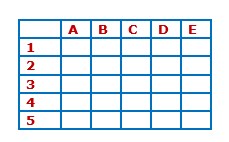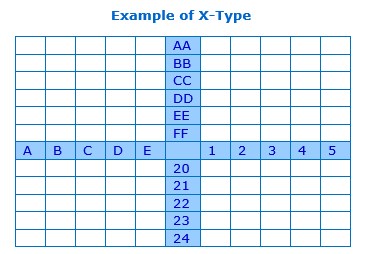Matrix Diagram
A Matrix Diagram is a tool that shows the connection or correlation between variables in a table format. It allows you to analyze relatively complex issues by revealing interactions and dependencies between different variables.
Simply put, the diagram is a table that allows sets of data to be compared in order to make better decisions.
About a Matrix Diagram
A Matrix Diagram is a graphical tool that helps in establishing and understanding relationship between variables. The diagram graphically establishes critical relationship between two or more sets of items in such a way as to provide logical connecting points between each item. It can be used to identify the presence and strengths of relationships as well as the different aspects of the relationship. This is accomplished by displaying the strength of relationships using a grid of rows and columns. A relationship can be indicated at each intersection of rows and columns as either present or absent. Additionally, the strength of the relationship between each pair can be indicated in their corresponding cell.
Various Types and shapes of Matrix Diagrams
There are a few basic types of matrix diagrams. These types are denoted by their shape, and shape is based on the number of groups being compared.
The types include:
- L-type
- T-type
- Y-type
- X-type
- C-type
Types Explained
The L-type is the basic matrix diagram that allows you to compare the relationships between two sets of data using an x and y axis.
The T-type is basically two L-types joined by a single list. It allows one list to be related to two others with 1 element on the x axis and 2 elements on the Y axis.
The Y-type is combination of three L-type matrices. It shows the critical relationships of three groups of items in a 3-Dimensional grid where there are 2 L-Type matrices joined at the Y axis.
The X-type is a combination of four L-type matrices. It shows the relationships of four groups of items with 2 elements on the Y, and 2 elements on the X.
The C-type is a represented as a cube whose sides are three lists. This diagram allows for three dimensional relationships.


